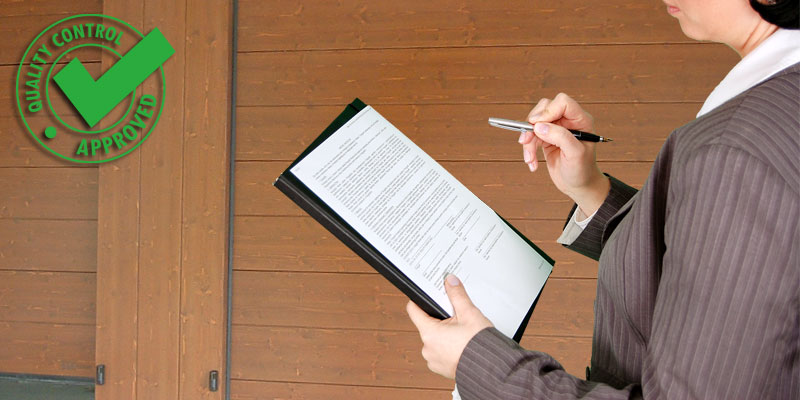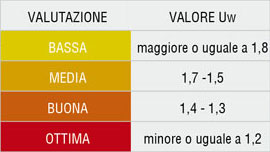
We hold the following certifications CE for our doors:
- UNI EN 12604 and UNI EN 12605
Measures against uncoupling and derailment
- UNI EN 12604 and UNI EN 12605
Protection from crash through the safety device
- UNI EN 12445
Measurement of force limiting device
- UNI EN 12444 UNI EN 12424
Resistance to wind load
Thermal Transmittance
ALL our Sectional Doors are certified to calculate the thermal transmittance, both insulated and not insulated.
To insulate the door you have to insert into each individual panel an adequate polystyrene espansoEPS 200 foil.
What is Thermal Transmittance?

In real life situations in almost all the building components, heat transfer takes place through all the three modes. For example, the wall receives heat through convection from the ambient air, through conduction the heat gets transmitted up to the inner surface where again through convective heat transfer due to inside room air, and heat goes into the building.
The term ‘U’ represents overall thermal conductance from the outside to inside covering all modes of heat transfer. From the above equation, ‘U- value’ can be defined as the rate of heat flow over unit area of any building component through unit overall temperature difference between both sides of the component.
The U-Value is a property of a material. Thus, its units are Watts per meter squared Kelvin (W/m² K). This means that, if a wall material had a U-Value of 1 W/m² K, for every degree of temperature difference between the inside and outside surface, 1 Watt of heat energy would flow through each meter squared of its surface.
Why is it important?
Having the objective of energy saving to minimize the heat dispersion, it is necessary that the elements constituting the building structure have a thermal transmittance value, so as to reduce the amount of waste heat.
